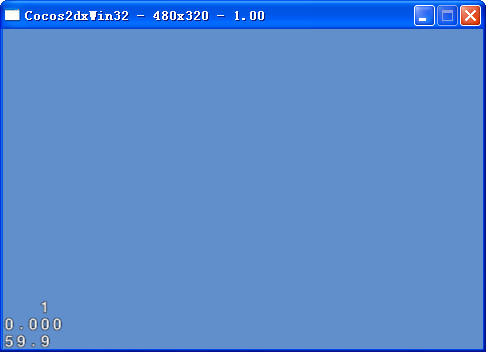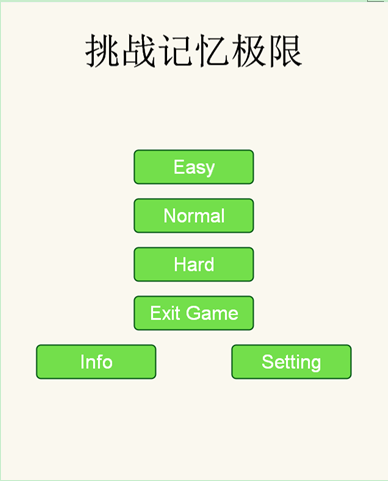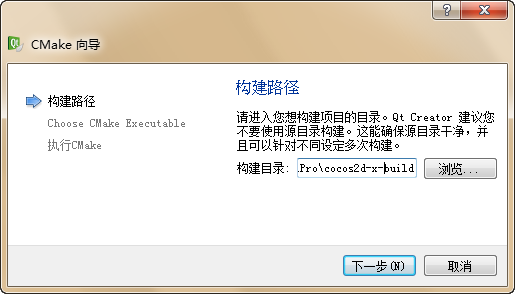转自--->Waiting For You:http://www.waitingfy.com/archives/831
1.介绍:
Figure 1
接上一篇《Cocos2d-x 寻路算法之一 距离优先》,看这个图,我们发现这个寻路算法有点傻,明明终点在右侧却每个方向都找。难道没有其他办法了吗?从现实生活中我们知道东西如果在东边,当然是往东边搜索才是最好的办法。
2.开始动手
Figure 2
计算机中如何表示离目标近呢? 用图来解释就是这样的,目标在右上角,我们往右走,从X轴的角度来说离目标又近了一步,同理往上走是在Y轴上里目标近一步。最好的一步应该是图中-2的点,X轴和Y轴同时离目标近了一步。简单地转换成代码就是下面的这样:
|
1
2
3
4
5
6
7
8
9
|
bool
comparebyWhichNearerGoalSimpleWay(Cell *c1,Cell *c2){
int
distanceOfC1AndGoal =
abs
(g_goalX - c1->getX()) +
(g_goalY - c1->getY());
distanceOfC2AndGoal =
(g_goalX - c2->getX()) +
(g_goalY - c2->getY());
if
(distanceOfC1AndGoal <= distanceOfC2AndGoal){
return
false
;
}
else
{
true
;
}
}
|
扔到heap的比较条件中我们轻易地就实现了按照离目标距离优先的寻路算法,startPathFinding整个方法都不要改,只需要传进去上面提到的比较方法就行了。
typedef
bool
(*compareTwoCells)(Cell *c1,Cell *c2);
void
HelloWorld::startPathFinding(compareTwoCells compareMethod,
startX,monospace!important; border:0px!important; bottom:auto!important; float:none!important; height:auto!important; left:auto!important; outline:0px!important; overflow:visible!important; position:static!important; right:auto!important; top:auto!important; vertical-align:baseline!important; width:auto!important; min-height:inherit!important; background:none!important"> startY,monospace!important; border:0px!important; bottom:auto!important; float:none!important; height:auto!important; left:auto!important; outline:0px!important; overflow:visible!important; position:static!important; right:auto!important; top:auto!important; vertical-align:baseline!important; width:auto!important; min-height:inherit!important; background:none!important"> goalX,monospace!important; border:0px!important; bottom:auto!important; float:none!important; height:auto!important; left:auto!important; outline:0px!important; overflow:visible!important; position:static!important; right:auto!important; top:auto!important; vertical-align:baseline!important; width:auto!important; min-height:inherit!important; background:none!important"> goalY){
Cell *startCell = _m_Map.Get(startX,startY);
vector<Cell*> vecCells;
vecCells.push_back(startCell);
make_heap(vecCells.begin(),vecCells.end(),compareMethod);
startCell->setMarked(
true
);
Cell *nowProcessCell;
while
(vecCells.size() != 0){
pop_heap(vecCells.begin(),compareMethod);
nowProcessCell = vecCells.back();
vecCells.pop_back();
(nowProcessCell->getX() == _goalX && nowProcessCell->getY() == _goalY){
//the goal is reach
return
;
}
for
(
i = 0; i < 8; ++i){
//check eight direction
indexX = nowProcessCell->getX() + DIRECTION[i][0];
indexY = nowProcessCell->getY() + DIRECTION[i][1];
(indexX >= 0 && indexX < xLineCount && indexY >= 0 && indexY < yLineCount
&& _m_Map.Get(indexX,indexY)->getPassable() ==
){
//check is a OK cell or not
Cell *cell = _m_Map.Get(indexX,indexY);
float
beforeDistance = DISTANCE[i] * cell->getWeight() + _m_Map.Get(nowProcessCell->getX(),
nowProcessCell->getY())->getDistance();
//calculate the distance
(cell->getMarked() ==
false
){
cell->setMarked(
);
cell->setLastX(nowProcessCell->getX());
cell->setLastY(nowProcessCell->getY());
cell->setDistance(beforeDistance);
vecCells.push_back(cell);
//only push the unmarked cell into the vector
push_heap(vecCells.begin(),compareMethod);
{
// if find a lower distance,update it
(beforeDistance < cell->getDistance()){
cell->setDistance(beforeDistance);
cell->setLastX(nowProcessCell->getX());
cell->setLastY(nowProcessCell->getY());
//distance change,so make heap again
}
}
}
}
}
}
startPathFinding(comparebyWhichNearerGoalSimpleWay,_playerX,_playerY,_goalX,_goalY);
//demo




